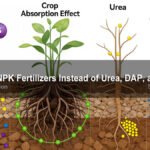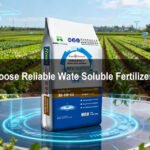Let more growers get greater benefits
How to Choose the Right NPK Fertilizer for Your Plants
- Industry News
- February 1, 2016
- 4:40 pm
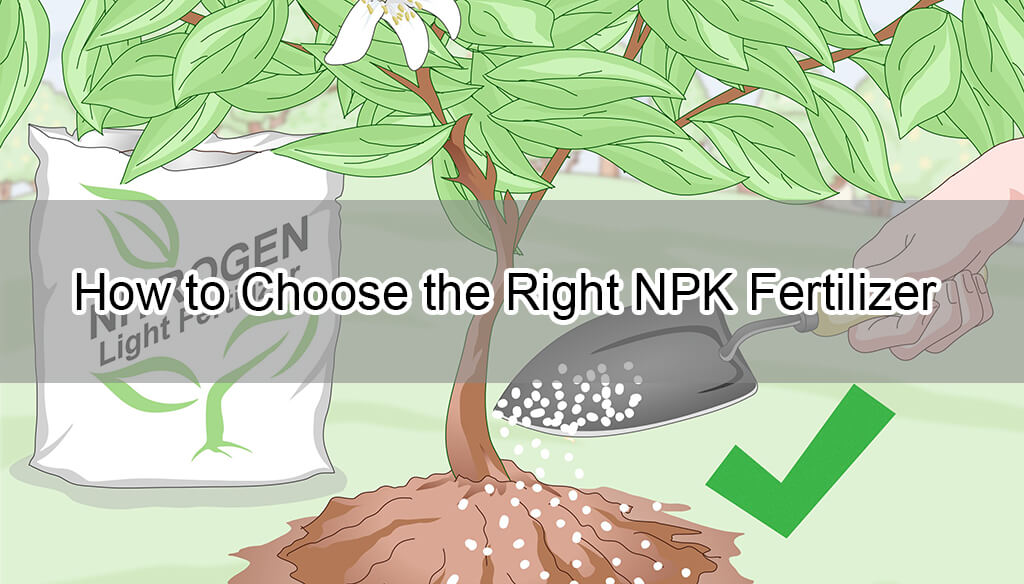

Selecting the ideal NPK fertilizer is a crucial step in supporting your plants’ health and maximizing their growth potential. Different plants require varying levels of nitrogen (N), phosphorus (P), and potassium (K) at different stages of growth, and understanding these needs can make all the difference in achieving vibrant foliage, strong roots, and bountiful yields. This guide provides a comprehensive overview to help you choose the right NPK fertilizer, tailored to your specific plants and growing conditions.
List of Contents
1. Understanding NPK Fertilizer Ratios
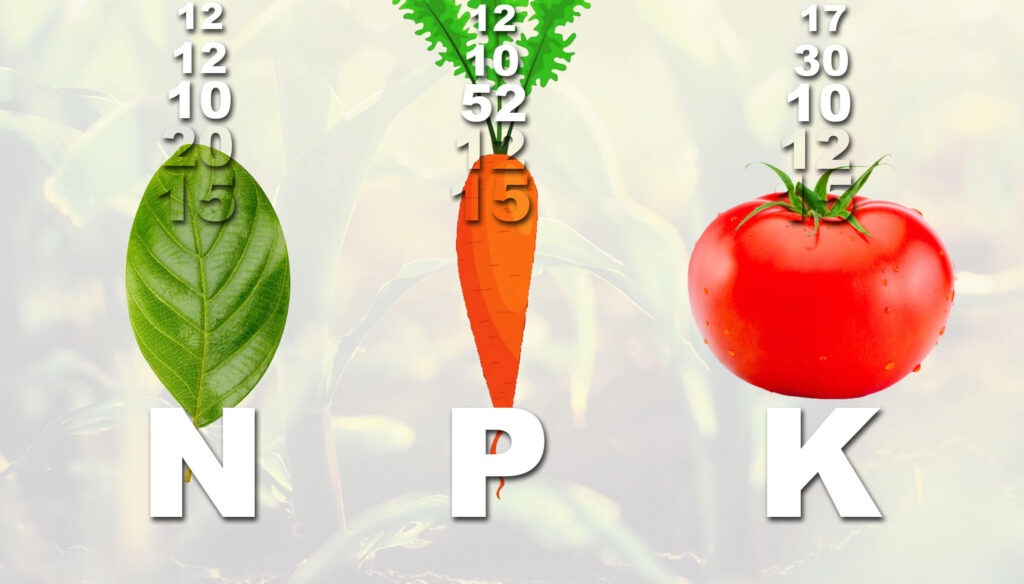

NPK fertilizers come in different ratios, indicated by numbers on the packaging (e.g., 10-10-10 or 20-10-10), each representing the percentage of nitrogen, phosphorus, and potassium in the mix. Here’s a quick breakdown of what each nutrient does:
- Nitrogen (N): Vital for leafy growth and green foliage, nitrogen is crucial for plants like grasses and leafy vegetables.
- Phosphorus (P): Supports root development and flowering, making it essential for flowering plants, fruiting vegetables, and young seedlings.
- Potassium (K): Enhances plant strength, disease resistance, and water retention, ideal for flowering and fruiting plants.
Understanding these ratios can help you choose a fertilizer that aligns with your plants’ specific needs at different growth stages.
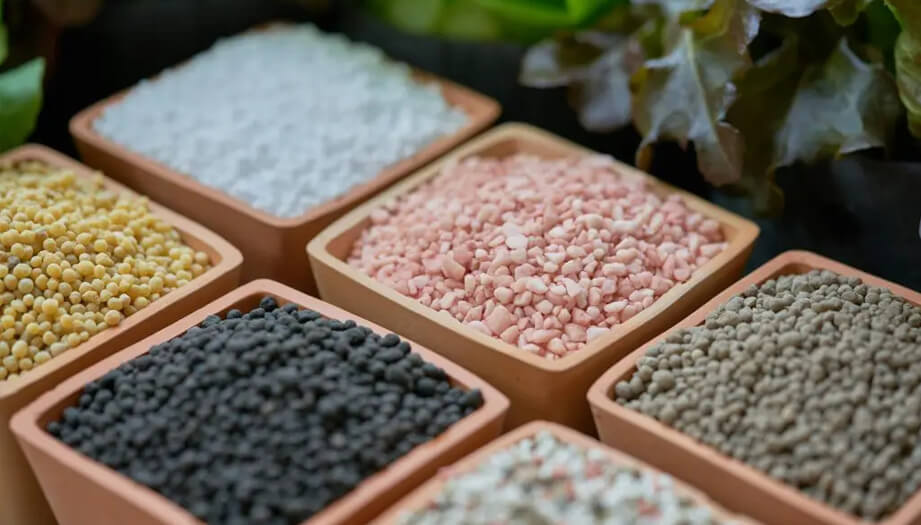

Choosing the right type of NPK fertilizers depends on your plants, soil, and watering practices. Here are the primary types:
- Granular NPK Fertilizers: These are slow-release options that gradually provide nutrients, making them great for outdoor gardens and lawns.
- Water-Soluble NPK Fertilizers: Quick-dissolving in water, these fertilizers deliver immediate nutrients and are ideal for potted plants, vegetables, and flowers.
- Liquid NPK Fertilizers: Highly effective for rapid absorption, liquid fertilizers are suitable for foliar feeding and quick nutrient delivery.
- Controlled-Release NPK Fertilizers: Designed to release nutrients over an extended period, these are beneficial for areas with heavy rainfall, as they prevent nutrient leaching.
- Organic NPK Fertilizers: Derived from natural sources, organic NPK fertilizers enrich the soil, enhance microbial activity, and support sustainable growth.
- Bulk Blended NPK Fertilizers: A mix of granular nutrients tailored to specific crop needs, ideal for commercial farming.
3. Choosing the Right NPK Ratio Based on Plant Type


Different plants thrive with specific NPK ratios, depending on their growth phase and nutrient needs:
- For Vegetables: Leafy greens like lettuce and spinach thrive with high-nitrogen ratios (e.g., 20-10-10), while fruiting vegetables like tomatoes and peppers benefit from balanced or higher-phosphorus ratios (e.g., 10-20-10).
- For Flowering Plants: High-phosphorus formulas (e.g., 12-24-12) promote blooms in flowers like roses, tulips, and daisies.
- For Lawns and Turf: Lawns often require nitrogen-rich fertilizers to encourage green, lush growth (e.g., 25-5-15).
- For Fruit Trees: Fruit-bearing plants benefit from phosphorus and potassium to improve fruit quality and yield (e.g., 5-10-20 or 8-12-16).
4. Conducting a Soil Test


Performing a soil test is highly recommended before selecting an NPK fertilizer. A soil test helps you understand the existing nutrient levels, pH, and organic matter in your soil, providing valuable insights to guide your fertilizer choice. For example:
5. Application Tips for Optimal Results
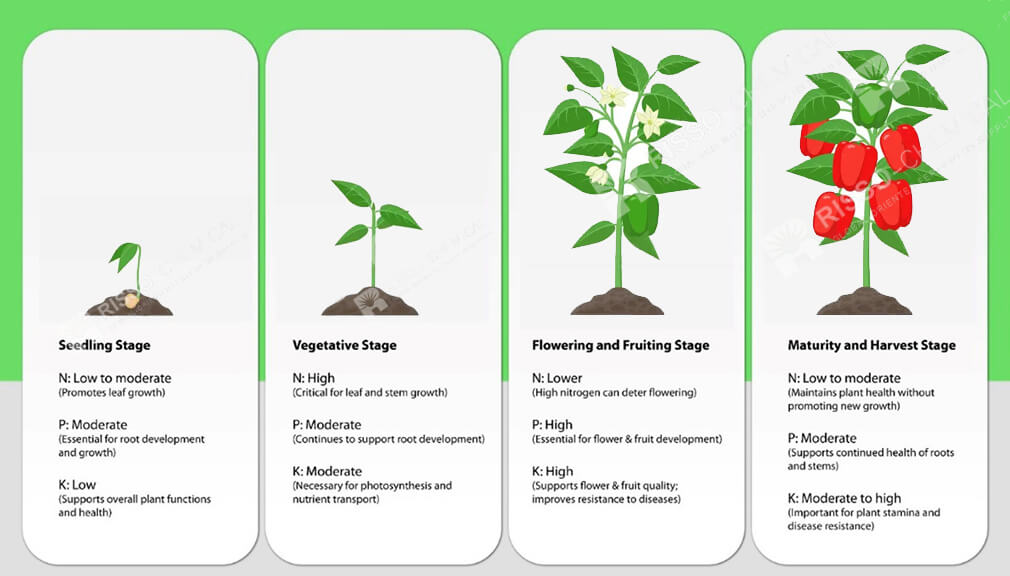

To get the best results from your NPK fertilizer, follow these application tips:
- Apply According to Growth Stage: Young plants benefit from phosphorus for root growth, while mature, flowering plants need more potassium.
- Follow Recommended Dosages: Over-fertilizing can harm plants and the environment, so always stick to the recommended amount on the package.
- Water After Application: Watering helps dissolve granular fertilizers and promotes nutrient absorption in the soil.
- Consider Slow-Release Options for Long-Term Feeding: Controlled-release fertilizers can provide nutrients over months, reducing the need for frequent applications.
6. Environmental Impact and Sustainable Practices
Using NPK fertilizers responsibly is important for minimizing environmental impacts, such as nutrient runoff, which can affect local water supplies. To ensure eco-friendly fertilizer practices:
- Use Organic Options When Possible: Organic NPK fertilizers improve soil structure and support beneficial microbes, helping maintain long-term soil health.
- Apply Only When Necessary: Avoid excessive application, especially in wet conditions, to reduce the risk of nutrient leaching.
- Incorporate Organic Matter: Compost and manure enrich the soil and reduce the need for synthetic fertilizers, providing balanced, natural nutrition.
7. Recommended NPK Fertilizer Products by Plant Type
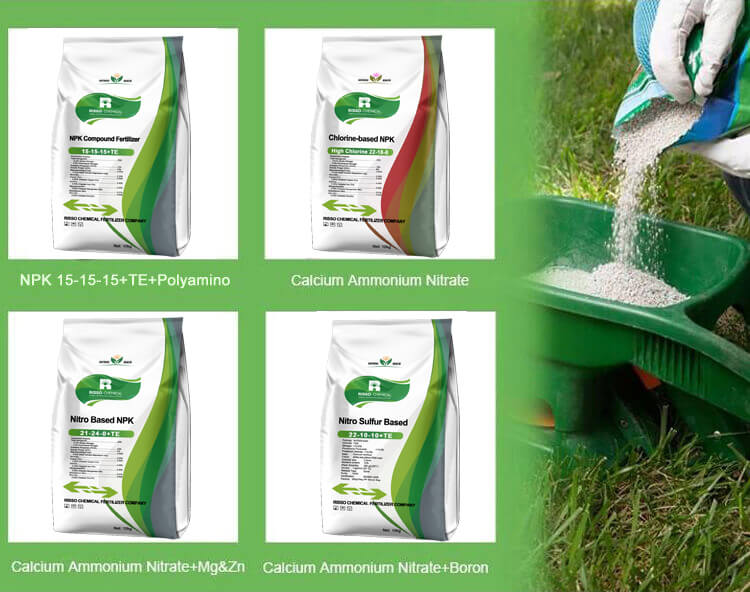

For those seeking specific product recommendations, here’s a selection of popular NPK fertilizers by plant type:
- For Vegetables: 20-10-10 or 5-10-10 granular formulas for leafy and fruiting vegetables.
- For Flowering Plants: 12-24-12 water-soluble fertilizer, ideal for vibrant blooms.
- For Lawns: 30-5-5 controlled-release fertilizer to promote lush green grass.
- For Fruit Trees: 8-3-9 organic blend for strong roots and high-quality fruit production.
Conclusion
Selecting the right NPK fertilizer for your plants is key to promoting strong, healthy growth and improving yield. By understanding NPK ratios, conducting soil tests, and choosing the correct type for your plants, you can optimize your garden’s success. Remember to use fertilizers responsibly and consider sustainable options for a healthier environment. Whether you’re nurturing a vegetable garden, lawn, or flowerbed, the right NPK fertilizer can make all the difference.
If you want to know other questions about NPK or NPK manufacturers, please contact us and we will provide professional answers.
- Article
What will you get when touch?
✔ Quick & helpful reply within 6 hours.
✔ Tailored solutions for your project.
✔ One-stop product, tech, market
TRENDING
Want to find a China fertilizer manufacturer?
Risso will be your best choice; send us your request for your fertilizer details requirement.
TAIAN RISSO CHEMICAL FERTILIZER CO.,LTD
- Address: High-tech Development Zone, Taian City, Shandong Province
© Copyright 2017 RISSO CHEMICAL. All Rights Reserved.



